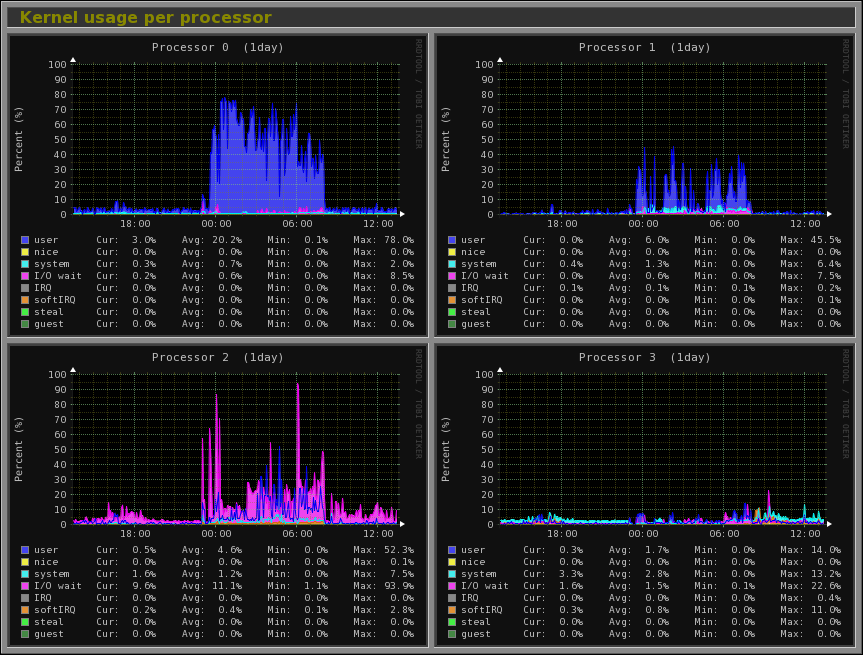

The output should look similar to the following: top - 13:31:56 up 40 min, 1 user, load average: 0.00, 0.00, 0.00 The top command is a well known Linux command for viewing real time Linux system information, including memory usage.
#Linux memory monitor how to#
Now, lets take a look at how to use the top command to look at memory usage.
#Linux memory monitor free#
To output Linux memory usage in gigabytes the following can be used: $ free -giga V, -version output version information and exit c N, -count N repeat printing N times, then exit s N, -seconds N repeat printing every N seconds l, -lohi show detailed low and high memory statistics The help option shows the numerous memory units available: Options: How much memory is available, without swapping.Ī great thing about the free command is that it can output memory usage statistics using different memory units. Memory reserved by the OS to allocate as buffers when process need them Memory shared by multiple processes on the system Total installed memory (Physical Memory installed on the system) The following information is displayed: total Running it again, but with the -h option produces a more readable result, with the memory unit displayed: $ free -h Total used free shared buff/cache available Running it without any arguments will output the following: $ free The free command is another convenient way to view Linux memory usage details. In the example above, awk has been used to parse the output of /proc/meminfo and convert the memtotal value into Gb. For example, to view only the total memory on the system, run the following: $ cat /proc/meminfo | grep MemTotalĪs this is text output there are many ways in which this data can be retrieved using scripts: $ awk '' /proc/meminfo Rather than list the whole file contents you can use grep to filter the output. This is a quick and simple way to check memory usage and should work on any distribution. The meminfo file contains details about the memory usage of the Linux system: $ cat /proc/meminfo Many Linux system utilities are calls to files in this directory in order to retrieve and display information about the system. Proc is a virtual filesystem on Linux which contains runtime system information.

Many of the commands used to check Linux free memory shown here will already be present on your Linux system, which is convenient! View Memory Usage with /proc/meminfo With that in mind, this article will explore some of the ways you can check RAM usage on Linux to help you diagnose what may be causing your Linux system to slow down. If your Linux server or workstation seems to be suffering from a dip in performance then a good starting point when troubleshooting is to check the current memory usage.


 0 kommentar(er)
0 kommentar(er)
